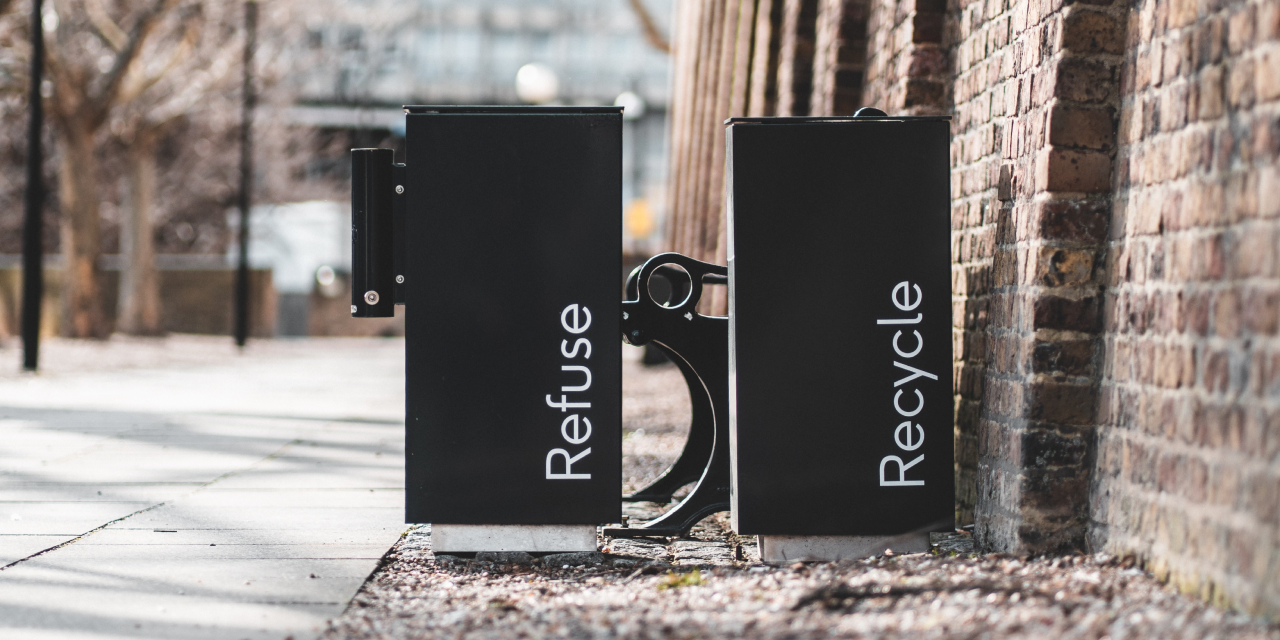What about the circular economy in the apparel industry?
The future of a sustainable industry lies in the circular economy. This also applies to the textile and apparel industry. It is understood to mean the reuse of resources that have already been used.
And this is how it should work: A piece of clothing is not thrown away at the end of its product life, but transformed into a new, precisely recycled product. The advantage is that the materials used are reused and do not have to be manufactured anew. In this way, we aim to save energy, conserve resources and thus reduce the negative impact of industry on our environment.
And yet, we are only at the beginning of a development journey that is far from complete until this concept can actually be implemented.
The following article will help to better understand the concept and the challenges it presents. It will also outline the current state of developments in our industry.
The cycles for the conservation of raw materials.

What do we define as a cycle
The central point is the conservation of resources. The first step to the cycle is simple reuse. Let's take children's clothing as an example. If worn children's clothing is passed on as soon as it has become too small. That is already a circular economy. In fact, because this process can take place with almost no use of resources, it is the most important part of the circular economy. The longer a clothing product is in use, and repaired if necessary, but not thrown away, this is the first and most important step in the circular economy. If the garment can no longer be reused or repaired, then it should be possible to return it to its original condition in the sense of the circular economy.
Biological and technical cycle
In the biological cycle, it should be possible to return the garment to nature. This should take place through rotting. For the biological cycle, therefore, natural fibers are the most suitable. Here, particular attention should be paid to the use of dyes and other often chemical additives, such as those used to finish the textiles. It is probably due to the dyes and finishing chemicals that there are very few existing closed-loop concepts that promise a functioning biological cycle.
In the technical cycle, the garment is returned to a preliminary stage of textile and clothing production. Here, a distinction must be made between mechanical recycling and chemical recycling. In mechanical recycling, the product is shredded and reprocessed into a fiber. In chemical recycling, the end product of the process, the so-called recyclate, can either be a fiber or the precursor to a fiber, such as a plastic chip or cellulose. In both systems, however, the state of the art does not yet allow new products to be made from 100% recyclate. Manufacturers do not disclose the exact proportion of recyclate versus "virgin" quality, i.e. raw materials obtained in the conventional, linear manufacturing process. However, in currently existing processes, the proportion of recyclate is likely to be well below 30%.
Who is affected by the cycle
Every link in the production chain is responsible for the success of circular economy.
Circular economy is a concept that concerns all the people and organizations involved in the manufacturing processes, in the use of the product and in the recycling processes. In the case of the textile and apparel industry, this chain extends from the manufacturers of textile fibers, including their preliminary stage, to the yarn manufacturers, the weavers or knitters, to the garment makers, the retailers, the consumers, the waste collection system, the sorters and the raw material traders.
The garment manufacturer plays a central role. With the product development and the "Design Guidelines" behind it, the manufacturer sets the course for a successful cycle. Accordingly, the garment should not only be developed for a long product life cycle, but also take into account the technological possibilities of further processing. Accordingly, garments should be made from only one basic material. This requirement alone poses major challenges for the industry.
The manufacturer should also develop concepts for reusing the waste generated during production, the "pre-consumer waste," as a raw material.
Optimally, the clothing manufacturer should also develop systems that offer the consumer the incentive to return the garment to the manufacturer at the end of its product life.
The consumer himself makes a special contribution to the success of a closed-loop system through his behavior. The responsible consumer will take good care of the garment and keep it in use for a long time, repairing it regularly if necessary. After use, or if it no longer fits, for example, if it has become too big or too small, the responsible consumer will either pass the product on or hand it over to a collection system. In some cases, the manufacturer will also take the clothing back.
A successful cycle also requires the existence of functioning collection systems. It can be assumed that a significant proportion of clothing still ends up in residual waste and thus does not enter the textile collection systems that now exist in many countries. It is also striking that clothing collection systems are mostly privately organized, while other used material collections are handled by public bodies.
A very important role is played by recyclers, i.e. companies that specialize in producing new raw materials from used raw materials. Ideally, these can be the same companies that produce the comparable raw material in a linearly organized manufacturing process, such as fiber manufacturers or producers of plastic chips.
A sensible intermediate step in development
In the meantime, there are many innovative products, especially in outdoor clothing, which are not yet produced in a continuous cycle, but whose raw material is already a recycled product. The production of fibers from marine waste, fishing nets or car tires is not a cycle in the true sense of the word, but these initiatives and technologies nevertheless help massively to make the use of resources for the production of new products more sensible.
The use of recycled plastic bottles is not very innovative here, especially because the beverage industry itself is striving for a 100% bottle cycle and will probably implement it soon in many countries. Fibers made from recycled plastic bottles have also fallen into disrepute after it became known that manufacturers were shredding plastic bottles that had never been in circulation instead of "post consumer waste".
Challenges
First and foremost, the current state of technology development must be mentioned. Today, we are still very far away from a perfect circular economy, i.e. from being able to close the loop 100%.
However, the creation of an end-to-end circular economy in the textile and apparel industry requires, above all, intensive cooperation between different stages in the supply chain. This is precisely where I see a great need for action at present, because the dialog in this regard is not intensive enough. Presumably, the interests are also very different. In many companies, the question of who is responsible for the further development of the circular strategy is also open. It should be a central task of management, but far too often these topics are more likely to be found in marketing departments, or - which is much better - in product development.
A major challenge is also the question of the location of the recycling system. It would make sense to locate it near the consumer markets, because that's where the old clothing parts accumulate as a raw material in the cycle. Unfortunately, however, there are only very few manufacturing companies in the textile chain in these economic areas, which means that the recycled raw materials have to travel long distances in order to be returned to the cycle in the current manufacturing countries.
Last but not least, it must also be mentioned that there is currently hardly any information available on the energy consumption and emissions generated by recycling systems compared to linear manufacturing processes.
What manufacturers can already do today
It is important to take the steps now that are already technically feasible and to prepare all further steps in the best possible way. Developing garment products for long-term use is the first and most important step. Offering repair and take-back systems is another. If all product innovations are then based on sustainable resources that allow for future recycling, nothing can stand in the way of closing the loop in the near future.
Closing the loop
"Closing the loop" should therefore not remain a buzzword for long, but become a reality in many different projects as soon as possible. It requires a common will and the active cooperation of a large number of interested people at various stages of the textile supply chain in order to turn this chain into a supply loop as soon as possible.
PRELOVED at BREDDY'S
With our Preloved program, we are taking an important step towards the circular economy. By reclaiming and (re)offering first life and second life pants, we are closing the loop on our products. Check out our products in the Preloved Shop now - and give a pair of pants another life!


